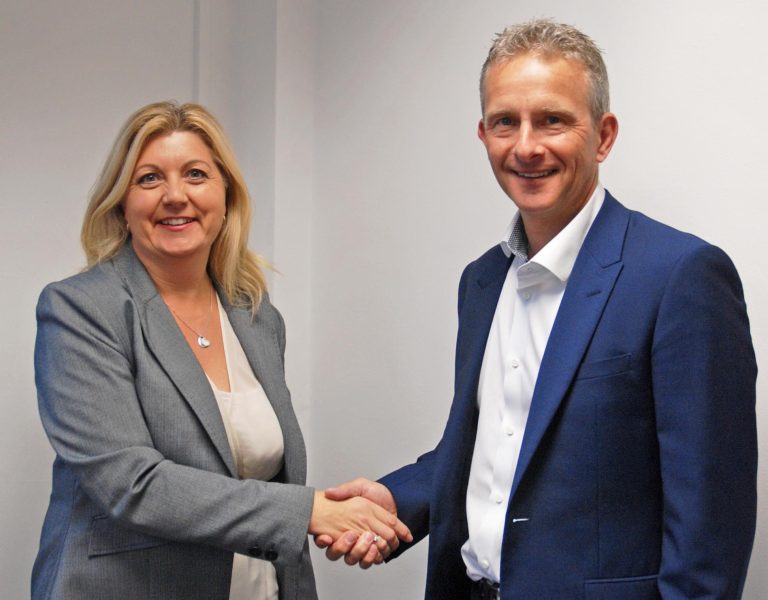It’s no secret that the UK is in the midst of a housing crisis, and it’s been an ongoing issue for a number of years. Supply simply isn’t meeting demand, and the number of homes built each year seems to have plateaued at a low level for the last five years, following 2008’s financial crisis. So how is this issue looking to improve, and do industry trends suggest improvements in the likelihood of meeting housing targets? An upturn in the industry is likely to see the need for protection for firms, as the increase in work leads to an increase in risks. In this post we look at the industry, what the trends are and how this equates to risks and insurance for your firm. Confidence in an increase in workloads has risen significantly in the last four years for architects, peaking earlier this year. In the last three months, however, that confidence has seemed to maintain a relatively consistent level year on year since 2012’s spike. While it’s good that we’re not seeing confidence in the industry falling, it’s indicative that firms are calling out for work – something which makes tackling this crisis so much more feasible. If the trends are correct and we see an increase in work then it’s vital for firms to not let issues creep in to projects due a surge in demand. If this happens then an architectural firm is going to be liable for issues relating to designs or final builds, and this has the potential to enormously impact maintaining contracts or operating at the same level. This is one of the key areas where protection through PI insurance policy can help minimise these risks. Staffing confidence for the architecture industry has, as with the workload, increased over the last four years, though not to the same levels. Similarly with workload trends, the general consensus is there is far more confidence that there will be increases in staffing needs compared with five years ago. This could be another indicator that the industry predicts an upturn in work – work increases so the need for more staff is certain to do the same. Obviously with an increase in new members of staff, regardless of which area of the firm they may be in, creates a number of new opportunities where liability issues may arise. This really hammers home the need for protection and justifies the importance of the RIBA and ARB regulations dictating that Professional Indemnity Insurance policies are a requirement for all members. The number of new homes being built took an understandably sharp downturn in 2008 in the wake of the financial crisis, although before this the rate of building new homes had been relatively steady over the previous 20 years. Since the drop, rates seem to been broadly maintained, but if the industry’s trends in confidence of growing contracts and staffing levels are correct, we could see this start to slowly grow back to pre-crisis levels. This is essential for meeting demand – Government targets put in place eight years ago dictate that 240,000 homes need to be built each year in the UK to keep up with the demand for more housing. As we can see, the UK is almost 100,000 homes behind this target and, although this is an increase from the previous year, it’s still a concerning way off what’s needed to meet demand. If trends continue, and predictions in the industry are correct, we should be seeing the rise in completed builds reaching a level the country so sorely needs. Are There Any Future Risks? The good news for architects is that the demand is there, it’s just not being met. Suggestions are that, with proper planning and strategies from both central and local government, rates will start to creep closer to demand which also brings prospects of work back into the equation for architects. The trends would indicate that, due to building rates being at their lowest for 40 years and the significant drop in the 2008 financial crisis, the demand is here to stay; in all likelihood, it’s not a short term ‘bubble’ which is likely to burst any time soon. With this in mind, architects need to prepare for this increase in workload carefully. Need for more permanent staff will increase (trend predictions have seen this increase noticeably in the last four years), so financial planning will be key to balance investment in projects with affording the staff needed to carry these projects out effectively. How You Can Be Protected Protection in this area is vital; firms with smaller numbers of projects will need to ensure issues with these don’t cause a large impact on the business, whereas larger firms will see the risk increase as the number of contracts does the same. Specialist insurance policies do exist that offer protection for specific aspects of the architecture and building industries, and it’s a requirement of the Royal Institute of British Architects (RIBA) and the Architects Registration Board (ARB) that some form of insurance policy is held. Here at Cavendish Munro, we’re able to offer specialist cover for architects that, in addition to areas covered by general policies, focus on specific aspects of the architecture industry. You can read more on our Professional Indemnity Insurance for architects through our website, and start filling out a proposal form for architects here.









